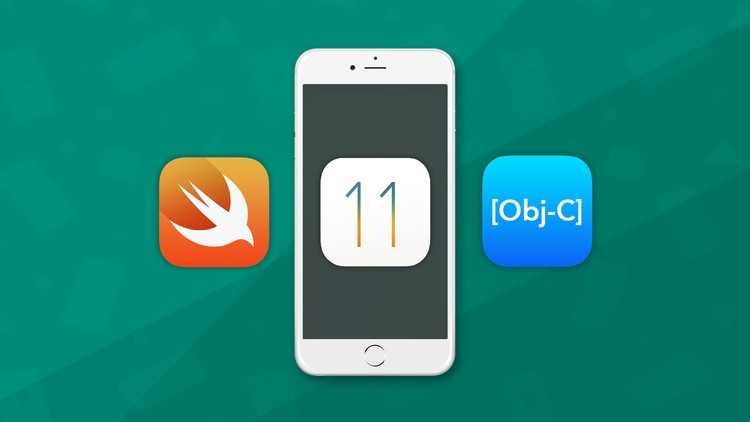If you are still striving to find the best and the easiest way to migrate from Swift 3.2 to Swift 4.0 then follow this simple step by step guideline for successfully meeting your objective. We have exclusively developed the following guide that suits the best to all of the iOS app development experts. Let us get started now.
The pre-migration phase
It is highly important to take note of a few important elements before kick starting your activity. You need to first make sure that your project is built in Swift 3.2. Next to this, you also have to note that there are significant changes between Swift 3.1 and Swift 3.2 which is why it is important that the project must be on 3.2 in order to successfully jump onto Swift 4.0. In addition to that, experts must also note that the process will be run by a dedicated migrator and compiler and you need to critically prioritize the SDKs that you will be using during the procedure.
The migration Phase
Once you are all set to start migrating your project to Swift 4.0 then open the project with Xcode 9. Right in the beginning, you will notice a migration opportunity option intact within the issue navigator. Choose that option and grant the required permissions to the migrator. You can invoke the migrator at any time by choosing the convert and edit option from the menu and set it to convert to the current Swift syntax.
After successfully choosing the specified sheet and granting permission to the migrator, you will be provided with a wide list of targets that you might be interested in migrating to Swift 4.0. It is important to note that targets without any Swift Code will not be processed by the migrator.
After you have successfully chosen the required sheet and granting all of the required permission by the Swift migrator, you will have to select the targets from a wide ranging list of available targets that can be worked. Remember that targets without Xcode will not be considered by the migrator.
At this point you will have the benefit of choosing between Swift minimize inference and matching Swift 3.2 behavior options. If you want something that required static inference then go with the option for Swift Inference and if you want leave the rest over the compiler then choose the option for matching Swift 3.2 behavior which will instantly apply the required attributes everywhere as inherited from Swift 3.2.
Once you are completely done with choosing the right sheets, targets and migration methodology then hit the next button which will highlight you the planned actions. Look closely to make sure everything is absolutely right according to your project needs and grant permission to start the migration process.
After hitting the next button, the migrator will automatically start gathering all of the required changes and applying them in a structured manner. If you have critically followed the entire set of phases and steps then things will go smooth but, you might experience some errors or issues within the process that you will be allowed to manually fix. It is very easy to choose those entries that require customization. Choose the required entries and customize them with the help of edit and customize options.
Post Migration Phase
In most of the cases, experts are able to do it successfully. In worst case scenarios where customization doesn’t work try reapplying the entire procedure or report the entire case under the bug reporting file and explain your project related issues.










